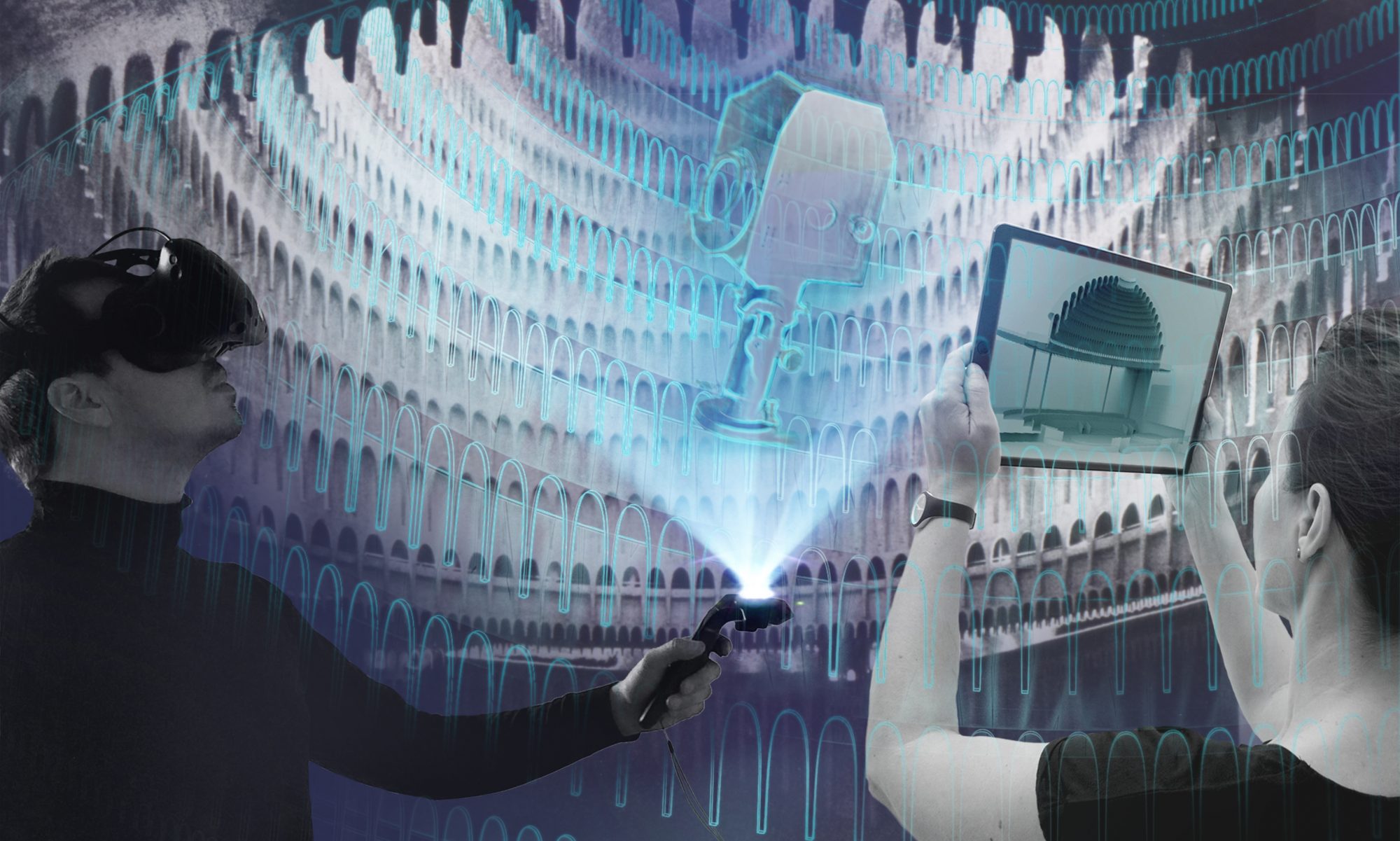“Virtual reality is not for me, it makes me dizzy” is something we hear again and again when it comes to VR. Motion sickness is currently one of the biggest barriers to the spread of virtual reality. How does motion sickness occur and what can I do about it?
We are all familiar with nausea when traveling or at sea – our brain is irritated whenever there is a discrepancy between our own movement and the movement of our environment, because the eyes and equilibrium organ send non-congruent information. The consequences are dizziness, headaches, loss of balance, nausea, and even vomiting. In the worst case, this can last up to several hours.
Motion sickness in VR is also called “reverse seasickness”: a movement is simulated to the brain in virtual reality (e.g., climbing stairs, flying, riding a roller coaster), while the body does not perform or experience it in the real world. The effect is the same, only in reverse.
A survey conducted by the University of Cologne with 4,500 people in 2020 shows that “VR nausea is still an issue despite technical advancements. The following graphic shows the most frequently mentioned problems with VR use. Motion sickness was named most frequently by a wide margin. Two-thirds of all respondents have experienced VR nausea, and one-third occasionally, often, or always. According to the results, susceptibility is only slightly higher among women.”

Image: University of Cologne / TH Cologne
Motion sickness occurs to different degrees in different people. The sensitivity to motion sickness can be trained to get the body and brain used to it. What can I do as a VR user if motion sickness occurs? The following is recommended at the beginning: slow habituation and moderate use.
- First aid measure: close eyes immediately (glasses do not have to be taken off immediately)
- If that doesn’t help: take off VR goggles
- Take a break, breathe fresh air, drink water
What are the causes of motion sickness and how can I as a developer avoid motion sickness:
- Image in the VR goggles freezes or starts to judder due to a crash of the VR program or insufficient notebook performance.
- Low frame rate
- Tracking system latency
- Unsuitable VR content: e.g. 360 degree video with a lot of movement or strong forced user guidance / height overcoming (visual content deviates too much from real motion state)
Authors: Vincent Kaufmann, Franziska Ritter


